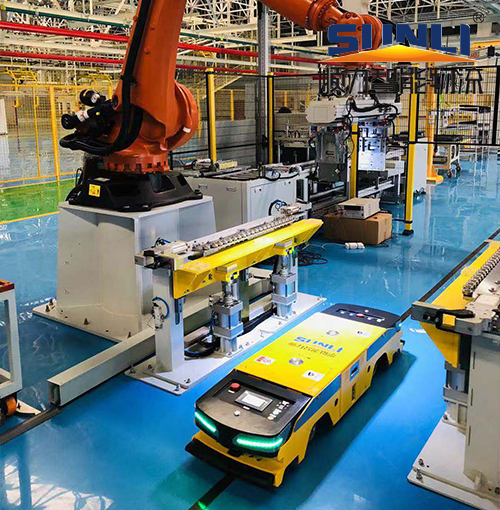Stereoscopic library The access speed of is an important index to measure its operation efficiency, which is mainly affected by the speed of stacker, the efficiency of conveying system, scheduling algorithm, shelf layout and other factors. Generally speaking, the access speed of stereo libraries can be divided into different types, such as single deep bit, double deep bit, and multiple deep bits. The specific values vary depending on the equipment configuration and the degree of system optimization.
First of all, the operation speed of the stacker directly determines the access efficiency. Modern stereoscopic warehouses usually use single column or double column stackers, whose horizontal walking speed is usually 120~240m/min, vertical lifting speed is 30~90m/min, and the expansion speed of forks is 30~60m/min. In a standard environment, a single access operation can usually be completed within 15 to 30 seconds. If double depth or multi depth shelves are used, the access time may increase slightly, because forks require additional time to flex or adjust.
Secondly, the efficiency of the conveying system will also affect the access speed. The stereo warehouse is usually equipped with roller conveyer, chain conveyor, shuttle car and other equipment. These systems are responsible for transporting goods from the storage entrance to the storage location, or from the storage area to the exit. The running speed of the conveyor is generally 30~60m/min, while the moving speed of the shuttle car can reach 80~150m/min. For warehouses with high throughput requirements, multiple shuttle cars can be used for parallel operation to improve the overall access efficiency.

In addition, scheduling algorithms and intelligent control systems play a key role in optimizing access speed. The system can reduce the empty stroke of the stacker and improve the operation efficiency through the first in first out (FIFO), path algorithm, dynamic location management and other strategies. For example, when an order is generated, the system will automatically calculate the optimal access path, reduce the waiting time of the stacker, and reasonably allocate tasks to multiple devices, thus improving the overall efficiency.
In addition, shelf layout and warehouse type design also affect access speed. For example, the storage and retrieval speed of single deep storage rack is fast, because each storage location can be directly accessed; Although the double deep shelf improves the space utilization rate, the fork needs additional time for secondary access, and the efficiency is relatively low; The multi deep shelf is usually accessed by shuttle car or automated guided vehicle (AGV). Although the speed is slow, it is suitable for mass storage scenarios.
In general, the single access time of the standard stereo library is generally between 15 and 30 seconds. If high-speed stacker and efficient conveying system are used, the access speed can be further optimized. For scenarios with high throughput requirements, the combination of intelligent scheduling algorithms and reasonable database design can significantly improve access efficiency and meet the rapid turnover requirements of modern logistics and manufacturing industries.














